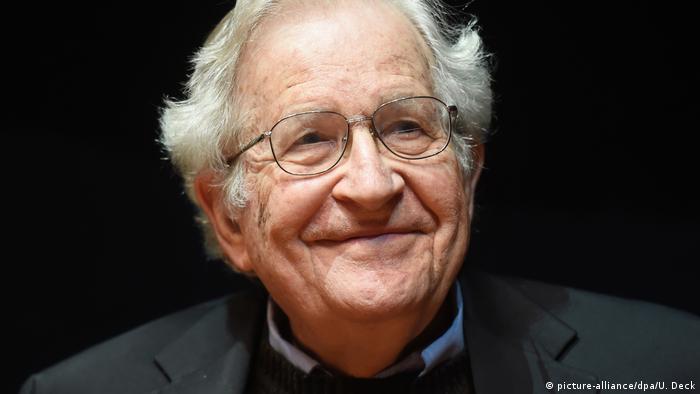Add Andrew Crisell – ‘radio is a blind medium’
Broadcast near start of WW2 and spread panic to US of invasion – More important events happening in the wrold
WofW reinforced the‘dangerous power of media’ for Welles
LANGUAGE
- War of the Worlds is a good case study for students to understand the way codes and conventions of radio drama (sound, dialogue, SFX, microphone technique, silence, words, accents, dialects etc) are put together to create meaning and construct a recognisable and familiar genre (Steve Neale). War of the Worlds also belongs to the genre of sci-fi and invasion – how are the conventions evident?
The Language of Radio is used creatively to structure a text that could be taken as fact, but is clearly fiction
- But can War of the Worlds be considered as an intertextual product? Or pastiches of other genres.
- In 1938, radio was still a relatively new mass media technology, the broadcast could experiment with the form in a way not possible later on.
- At the time of the broadcast the idea of hybrid genres was unfamiliar, with clear boundaries between fact and fiction, making this a significant development in the form.
REPRESENTATION
- How does the use of media language construct the representation of the real?
- Is this programme an early example of fake news?
- What signifiers of different groups and social classes are used?
- The representation of the alien invaders in sci-fi genre.
- As a broadcast in October 1938, can War of the Worlds be interpreted as representing particular political concerns to US – and international – society?
INDUSTRY
- War of the Worlds was broadcast by Columbia Broadcasting Company – an institution still in existence (in a very different form) today – CBS
- Radio broadcasting was seen as direct competition to newspapers which had previously been the only way of receiving news.
- The broadcast is typical of the way institutions are always looking for new styles in order to attract audiences.
- Regulation – radio broadcasting was regulated by the Federal Communications Commission and it investigated the broadcast to see if it had broken any laws.
- The broadcast provides an excellent example to consider the effect of individual producers on media industries (known as ‘auteur theory’) as this is the work of Orson Welles.
Link between radio and newspapers are significant – stealing audiences from newspapers
AUDIENCE
- What techniques (ie Media Language) does the broadcast use to convince the audience that what they’re hearing is really happening?
- Consider the way that external factors – global political context, gender, religion, education etc. – are likely to also affect audience response
- The ways in which audiences interpret the same media product differently – at the time of broadcast and now (Reception theory including Hall )
- Cultivation theory including Gerbner
- 12 million listeners – only 2% of 5000 house were listening to CBS
Facts
FDR’s approved the broadcast
In 1935, there were twice as many radios in American households as telephones
Created fake news being old as used in WotW – links to changes in tech
October 30th 1938 first broadcast
‘Moral Panic’ –




